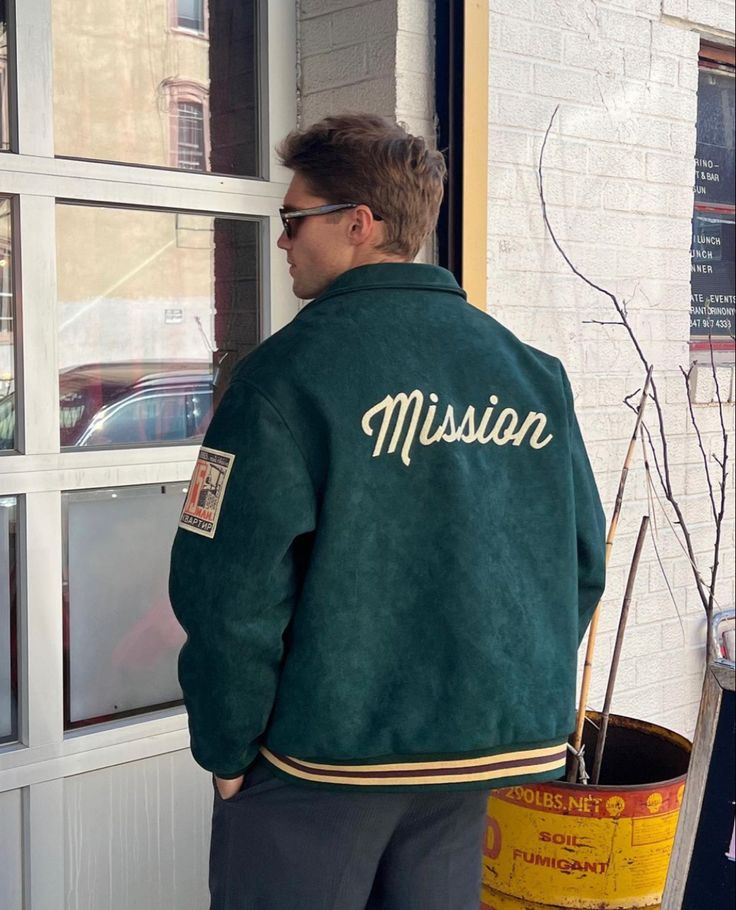
Style Unleashed: Breaking Boundaries in 2025 Fashion
Introduction
The fashion landscape in 2025 is undergoing a transformative shift, one defined not merely by changing aesthetics but by a deeper, more radical redefinition of norms, values, and expectations. “Style Unleashed: Breaking Boundaries in 2025 Fashion” explores how creativity, diversity, sustainability, and innovation are no longer peripheral ideals but foundational elements in contemporary clothing design and cultural expression. In this new era, boundaries—whether stylistic, technological, or societal—are being questioned, challenged, and ultimately broken. The result is a fluid, vibrant, and future-facing industry that celebrates individuality while embracing global consciousness. This essay unpacks the movements, ideas, and icons pushing fashion into unprecedented territory.
The Rise of Non-Binary Fashion and Genderless Expression
Gender fluidity in clothing has moved beyond niche acceptance and entered mainstream fashion dialogue in 2025. Designers are dismantling traditional gender binaries, offering collections that prioritize identity over convention. Silhouettes once reserved for specific genders—skirts, trousers, blouses, and blazers—now exist within a universal style vocabulary. Runways and retail spaces reflect this shift, showcasing fluid drapery, unisex tailoring, and adaptive cuts meant to affirm the wearer, not dictate their identity.
Key brands have emerged as pioneers in this arena, such as those blending streetwear with androgynous chic or luxury houses that adopt neutral palettes and hybrid designs. The shift isn’t just aesthetic; it is rooted in activism and a broader cultural reckoning about visibility, rights, and inclusion. Through this lens, fashion becomes both mirror and megaphone, amplifying personal truth while reimagining societal constructs.
Sustainable Radicalism: Beyond Greenwashing
In 2025, sustainability has moved from buzzword to baseline. The industry’s accountability is scrutinized, and consumers demand genuine eco-conscious production. This has prompted brands to embrace radical transparency. Fashion houses now document every stage of the garment journey—from regenerative farming and recycled yarn sourcing to biodegradable packaging and carbon offsetting.
More brands are producing less but better, leaning into slow fashion models, micro-collections, and modular wardrobes that prioritize versatility and longevity. Biodesign is no longer experimental; it’s integral. From lab-grown leather to plant-based dyes and 3D-knitted apparel, innovation fuels this revolution. The industry is embracing circularity—clothing that is designed to be disassembled, repaired, or infinitely recycled.
Sustainability also intersects with equity. Ethical labor practices, fair wages, and local production hubs empower communities while reducing global emissions. These multifaceted approaches reflect a deeper understanding that true sustainability is holistic—it’s environmental, social, and economic.
Hyperpersonalization and Tech-Infused Wearables
Personal style has reached a new pinnacle of customization in 2025, thanks to advancements in AI, data analytics, and wearable tech. Virtual fitting rooms, digital stylists, and AI-generated wardrobe suggestions have become standard in e-commerce platforms. Consumers are empowered to curate garments tailored to their specific proportions, preferences, and even environmental needs.
Smart fabrics monitor temperature, adapt to climate conditions, and support biometric feedback, enhancing comfort and performance. Athletic wear integrates fitness tracking seamlessly into its fibers, while streetwear leverages LED panels and responsive textiles to transform appearances in real time. Fashion is no longer static; it responds, adapts, and evolves with the wearer.
This trend extends into manufacturing. On-demand production, powered by digital patterns and robotic assembly lines, ensures minimal waste and maximal individuality. The future is bespoke—not only in tailoring but in experience.
Cultural Remixing: Fashion Without Borders
Globalization has birthed a new language in fashion—one where boundaries between cultural heritage and futuristic imagination are blurred. Designers in 2025 embrace multicultural narratives, remixing ancestral motifs with cyber aesthetics, traditional embroidery with digital prints, and indigenous textiles with avant-garde shapes.
This isn’t cultural appropriation—it’s collaboration. Designers are engaging with communities to co-create, tell authentic stories, and spotlight craft in its many forms. African wax prints meet Japanese origami cuts; South American weaving techniques inform Scandinavian minimalism. Fashion becomes a mosaic of the global voice, refracted through local wisdom.
The digital realm enhances this exchange. Through the metaverse, fashion transcends geography, allowing creators from disparate backgrounds to connect, collaborate, and showcase on global stages. The result is a fashion culture that celebrates coexistence and cross-pollination.
Subversion and Protest: Fashion as Political Commentary
Fashion in 2025 is more than aesthetic—it’s a powerful vehicle for dissent. Designers are using garments as platforms to voice resistance against inequality, climate inaction, censorship, and systemic injustice. Clothes are emblazoned with slogans, protest symbols, and activist art, challenging wearers and observers alike.
Runways have become stages for protest theatre, featuring narratives that explore immigration, identity, climate grief, and social justice. These collections often combine historical references with futuristic visions, reflecting on the cyclical nature of resistance and rebirth. Consumers, too, participate in this activism by supporting brands aligned with their values, wearing their politics with pride.
The intersection of fashion and activism underscores its power to influence discourse. As wearable art, clothing not only communicates identity but provokes dialogue, prompting cultural introspection and collective change.
The Evolution of Beauty and Body Norms
In 2025, diversity in fashion is more than representation—it’s redefinition. The industry is reshaping beauty standards by casting models across a spectrum of ages, sizes, abilities, and ethnicities. Campaigns now feature wrinkles, scars, prosthetics, and stretch marks not as flaws but as features of beauty. The message is clear: fashion belongs to everyone.
Inclusivity drives design innovation. Adaptive fashion—clothing made for people with disabilities—is becoming a staple, not a niche. Brands integrate magnetic closures, sensory-friendly materials, and adjustable silhouettes, making fashion functional and empowering for all.
Beauty, too, evolves. Makeup and skincare brands align with inclusive values, offering expansive shade ranges, gender-neutral packaging, and ethically sourced ingredients. The goal is authenticity—not perfection—and the celebration of humanity in all its forms.
Conclusion
“Style Unleashed: Breaking Boundaries in 2025 Fashion” reveals a future that is as fearless as it is fluid. The trends shaping this year are not just about aesthetics—they are reflections of profound societal shifts. From gender expression to sustainability, from technology to tradition, fashion in 2025 embraces multiplicity, autonomy, and ethical evolution. As we move forward, the industry’s greatest strength lies in its openness to change, its commitment to inclusivity, and its bold embrace of the unknown. Fashion has become a medium of storytelling, resistance, innovation, and unity—an ever-evolving canvas that reflects and reshapes the world around us.


